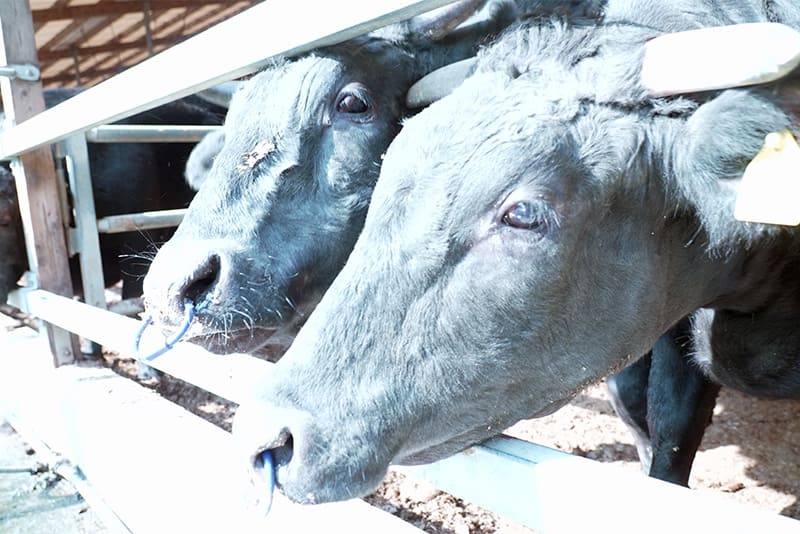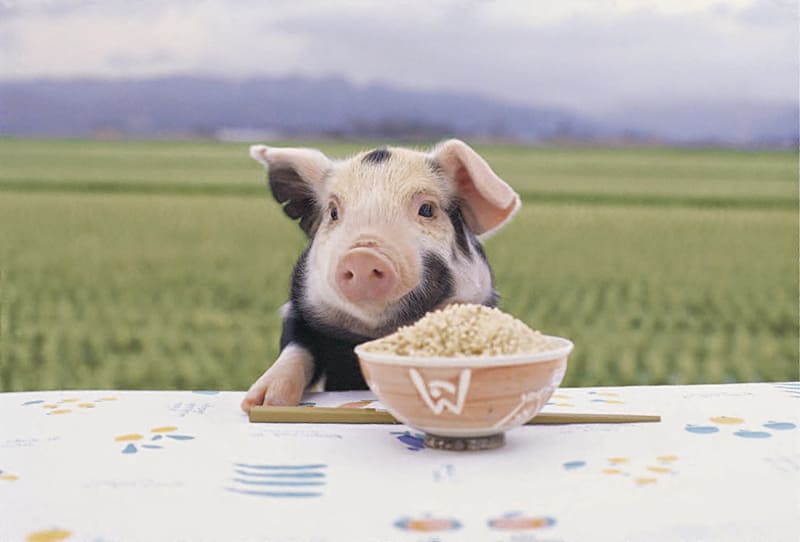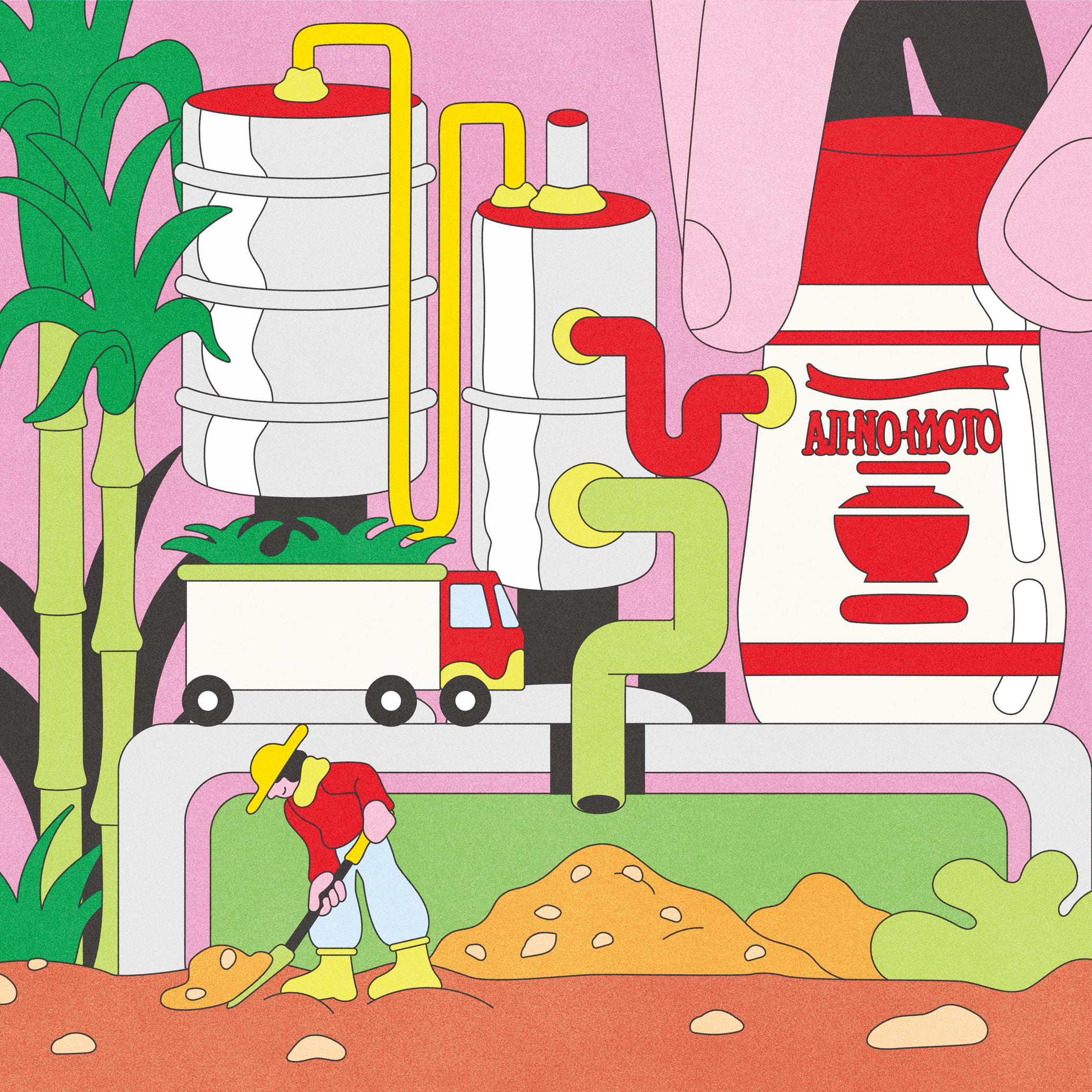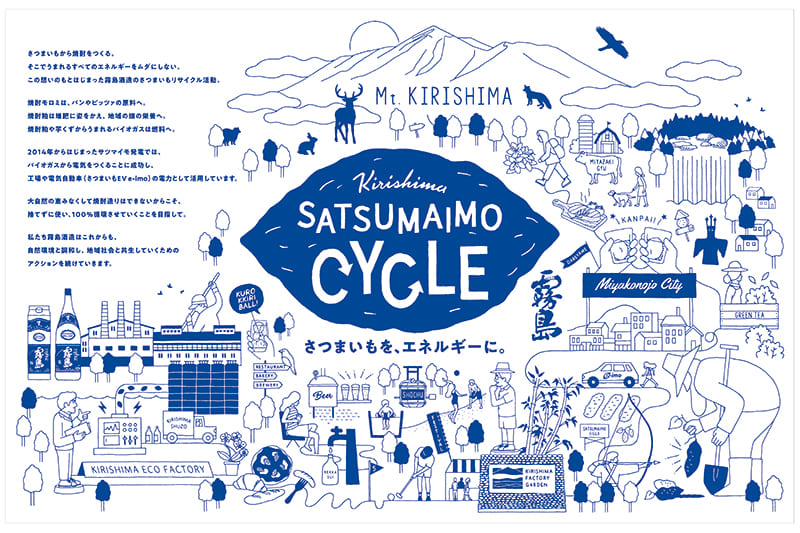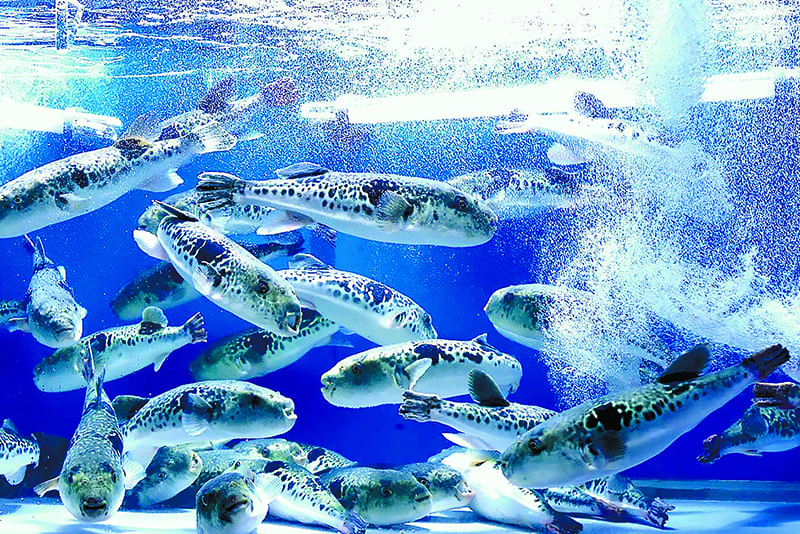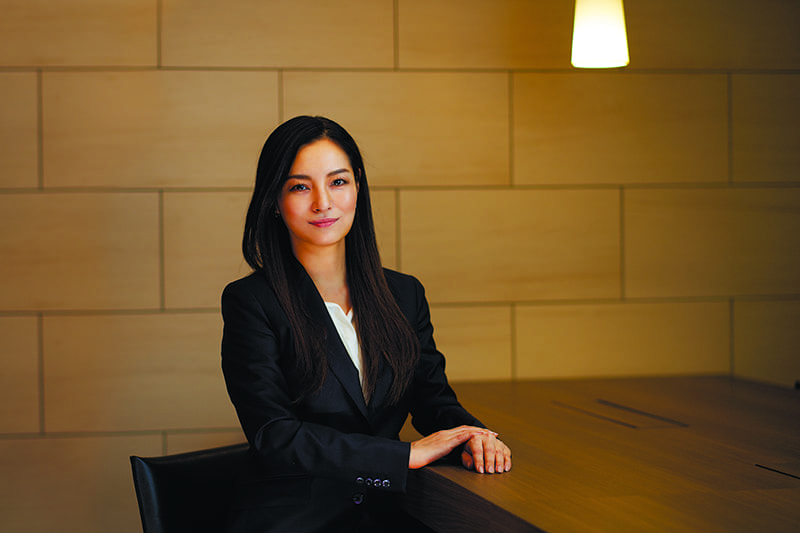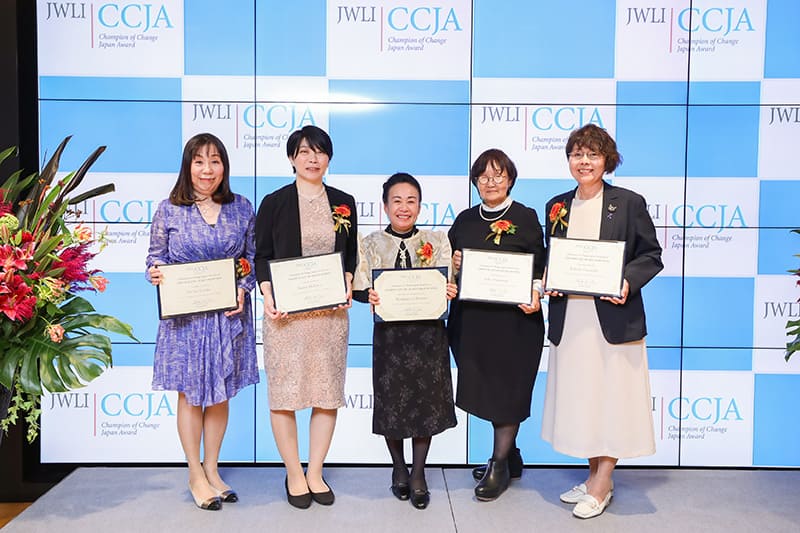August 30, 2024
How algae could help save fisheries for the future
ALGAE
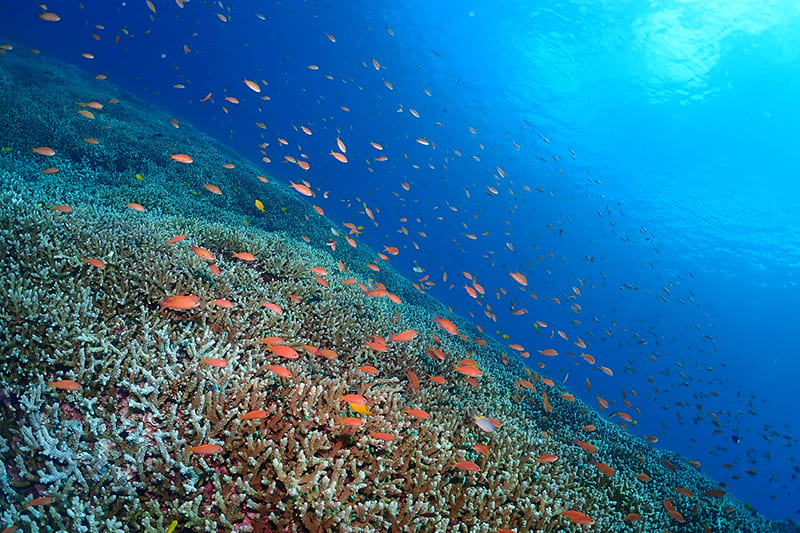
© ALGALEX INC.
Faced with climate change and overfishing, the world’s marine resources are in a state of crisis, and Japan is no exception.
The Ministry of Agriculture, Forestry and Fisheries says that fishery and aquaculture production in 2023 was 3,724,300 tons, down 192,700 tons, or 4.9%, from the previous year. According to Fisheries Agency white papers published in 2008 and 2023, the percentage of fishery resources caught at a biologically sustainable level has been gradually declining worldwide, falling to 65% by 2023. For example, the catch of Japanese sardines, which exceeded 2.5 million tons in the 1980s, declined to 561,000 tons by 2022. Sardines can no longer be considered a mass food source. Furthermore, a decline in small fish like these leads to a decline in the large fish that feed on them, which has a significant impact on overall fishery resources.
Aquaculture can help prevent overfishing and ensure the sustainability of marine resources. But Japan’s aquaculture industry has its problems, too — namely that wild fish from South America are being imported as fish feed. The president of the company AlgaleX, Daichi Takada, who was once involved in importing fish feed for a major general trading company, says the situation is dire.
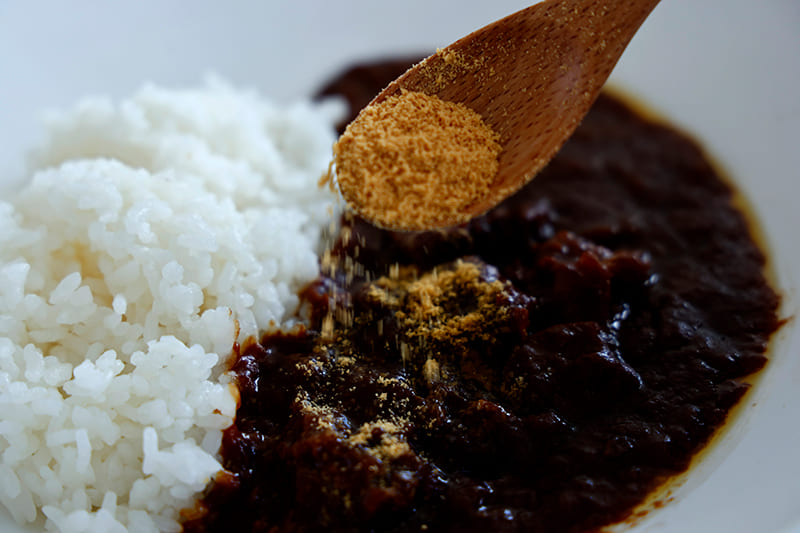
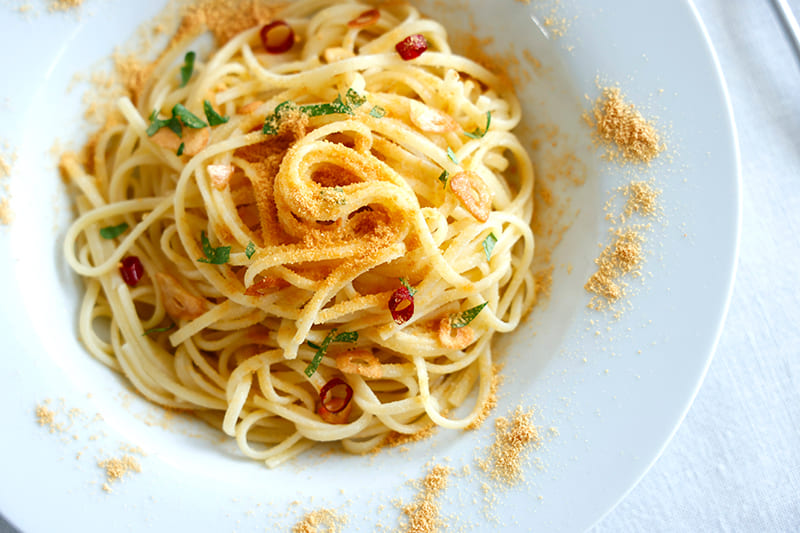
What is Umamo?
Umamo is a powdery seasoning made from an algae grown using lees from the Okinawan rice-based spirit awamori. Rich in umami, it has a taste similar to karasumi (salted, sun-dried fish roe). Lees, glucose and algae are put into a tank, and as the algae grow they create not only umami, but also lipids that they store as DHA.
https://umamo.jp/
“Almost all of the fish meal and fish oil used to feed farmed fish (in Japan) is imported from South America, mainly Peru and Chile, and it is made from bluefish. In other words, fish raised in Japan are eating fish from South America. As long as transportation remains costly and carbon dioxide emissions remain high, importing fish from South America is not sustainable at all,” he said. “In addition, there are all sorts of risks, like natural disasters, political upheaval and import restrictions that could cause supplies to suddenly stop.”
It was Takada’s strong desire to break this dependence on imported fish that prompted him to launch his startup in 2021. Through fortuitous encounters with some leading researchers, he decided to focus his attention on algae, which are at the very bottom of the ocean food chain. Algae, which grow in waters throughout Japan, are abundant in the brackish mangrove forests in Okinawa. For this reason, he set up his research and development center there.
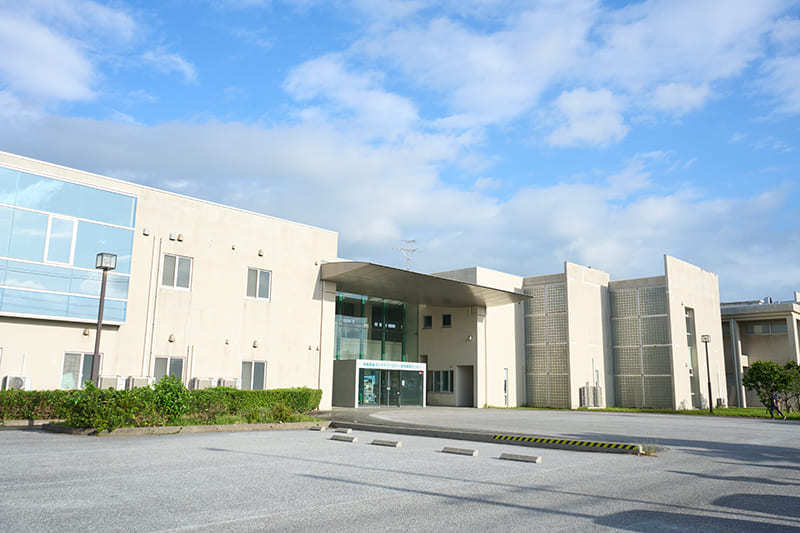
© ALGALEX INC.
“The one algae that caught our attention was (a type of) Aurantiochytrium, a microscopic algae that is one-hundredth of a millimeter in size and invisible to the eye. It has a 15% concentration of the nutrient DHA, which is much higher than the 1% concentration found in tuna and other fish. Algae are eaten by corals and plankton, which are then eaten by shrimp and small fish, which in turn become food for larger fish,” Takada said.
“We thought that if we could produce large quantities of this algae cheaply and efficiently, it would be possible to cultivate fish without relying on other fish for food — in other words, without depleting the ocean’s resources.”
Takada and his staff began working on production of the algae in 2021. However, algae are notoriously difficult to grow, meaning that production at the quantities necessary for aquaculture would have been challenging, so they decided as a first step to try to create a new market for algae that could be enjoyed directly by humans as a nutrient-rich health food.
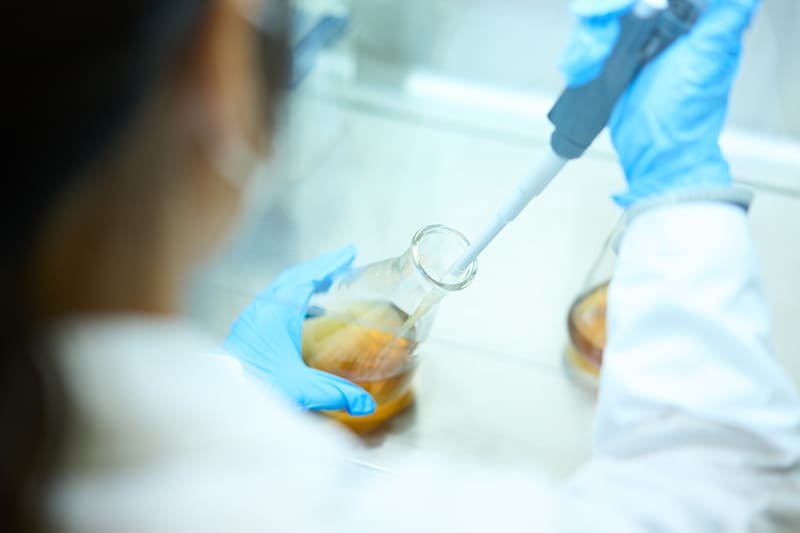
© ALGALEX INC.
“There are products out there that take advantage of algae’s functionality, such as Euglena, Spirulina and Chlorella, but they are health supplements and so are not marketed as foodstuffs for their taste. We decided to try making algae that would taste good. By growing algae using awamori lees,” a sediment resulting from the distillation process for an Okinawan rice-based spirit, “we succeeded in cultivating a unique and delicious algae that is rich in umami. The lees would otherwise have been discarded, and so this also addresses the separate issue of food loss.
“However, when it comes to using such unused foods in new products, it is difficult to use them as raw materials or to industrialize them because their composition is not stable. This is where our AI technology came in” for growing the algae.
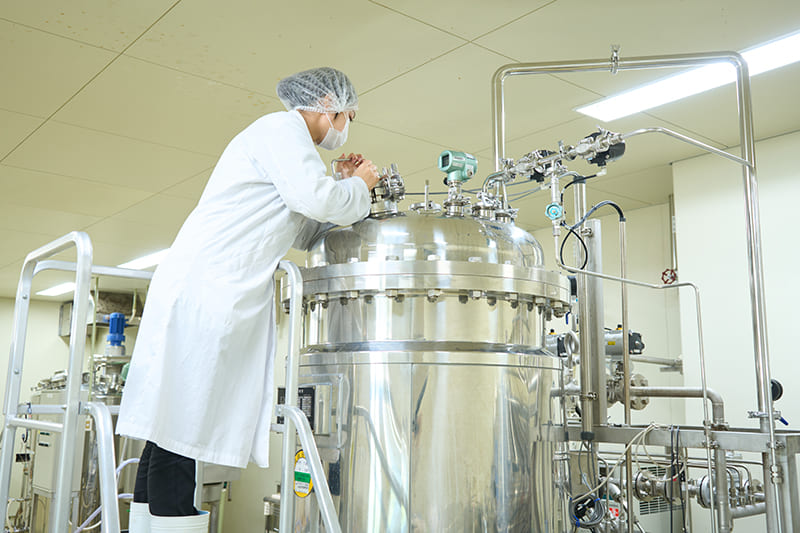
© ALGALEX INC.
Dubbed Umamo, their algae contains 1.5 times more glutamic acid (the umami component) than kelp and four times more astringent succinic acid than shijimi clams. In terms of nutritional value, it contains more than 10 times as much of the omega-3 fatty acid DHA as mackerel, 10 times more GABA (an amino acid linked to lower blood pressure) than tomatoes and three times more of the vasodilator arginine than garlic, giving it such rich umami and nutritional content that it is hard to believe it is just one single ingredient.
And thus a need to solve aquaculture problems has resulted in the development of a delicious new seasoning. In the future, Takada hopes to work again on his original goal of the production of aquaculture feed. If the algae can be grown using the company’s proprietary AI technology, it will be possible to produce it remotely, right next to aquaculture farms. This would cut transportation costs, time and carbon dioxide emissions. An innovative and sustainable aquaculture beckons — and there are high hopes for Takada’s efforts to help make it a reality.

DAICHI TAKADA
President and representative director of AlgaleX Inc. Born in Kanagawa Prefecture in 1989, he graduated from Waseda Law School and then worked for a major general trading company, where he was responsible for mergers and acquisitions, business restructuring and venture investment. He established AlgaleX in March 2021.
水産養殖に藻を活用し、未来の海に魚を繋ぐ。
水産資源を持続可能にするために養殖は欠かせないが、かつて大手総合商社で養殖魚の餌の輸入に携わっていたAlgaleX代表取締役社長の高田大地は、日本の養殖が南米の天然魚に支えられていることに危機感を持った。「養殖魚の餌となる魚粉と魚油はほぼすべてペルーやチリなどから輸入されている青魚が原料。つまり日本の養殖魚は南米の魚を食べているわけです。輸入は長距離輸送のためコストもかかり、二酸化炭素の排出量も多い。加えて、自然災害や政変などの不安定な要素もあり、ある日突然供給が止まるかもしれないリスクもあります」。
南米産の魚への依存を打破したいと思い高田は、2021年に会社を立ち上げ、生態系の最下部に位置しながら、実は海の命を支えている“藻”に注目した。しかし藻は非常に弱く育てるのが難しい。大量に必要とされる水産養殖の餌の生産に対応するのは技術的にも困難だった。そこで人が食べて美味しく、栄養素が高く健康に良い藻という新しいマーケット作りを模索。捨てられている泡盛粕を使い藻を発酵させ〈うま藻〉の開発に成功した。
Return to Sustainable Japan Magazine Vol. 39 article list page

